- The Gist
- A Jewel with a Mysterious Beginning
- From Royal Hands to Revolution
- The Hope Diamond’s Transformation
- Tragic Tales of Ownership
- Is the Curse Real or a Clever Marketing Strategy?
- The Smithsonian and the Diamond’s Safe Haven
- Why Are We Fascinated by the Hope Diamond?
- Final Thoughts: Curse or Coincidence?
- Let’s Talk
- Let’s Learn Vocabulary in Context
The Gist
A Jewel with a Mysterious Beginning
The story of the Hope Diamond begins in the 1600s when it was originally mined from India’s Kollur Mine. Known initially as the Tavernier Blue, it was acquired by French merchant Jean-Baptiste Tavernier, who sold it to King Louis XIV. Soon after, a series of strange events unfolded, starting the legend of the diamond’s curse.
From Royal Hands to Revolution
Once in possession of French royalty, the stone became part of the crown jewels. However, the diamond’s presence did not bring prosperity. King Louis XVI and Queen Marie Antoinette, both associated with the diamond, faced a grim fate during the French Revolution. Some believe the diamond’s curse followed them to the guillotine, marking the beginning of its dark reputation.
The Hope Diamond’s Transformation
After disappearing during the revolution, the diamond resurfaced in London, cut down to its current size and renamed the Hope Diamond after being purchased by banker Henry Philip Hope. Although the curse seemed dormant for a while, misfortune struck the Hope family, leading to financial ruin within a few generations. This only fueled the legend that the diamond carried a terrible curse.
Tragic Tales of Ownership
The diamond’s history is littered with tragic events and unusual coincidences. Evelyn Walsh McLean, a wealthy socialite, bought the diamond in the early 20th century. Soon after, a series of personal tragedies struck her life—her son died in an accident, her daughter took her own life, and her husband was institutionalized. Whether it was the diamond’s fault or mere coincidence, the curse became even more entrenched in public imagination.
Is the Curse Real or a Clever Marketing Strategy?
While the stories surrounding the Hope Diamond are spine-tingling, some argue that the curse is nothing more than a clever marketing ploy. In fact, the diamond’s allure increased because of its dark history, raising its value over time. A curse is certainly an exciting way to keep people talking, isn’t it? But skeptics point out that many supposed victims had pre-existing financial or personal issues, casting doubt on whether the diamond truly caused their misfortunes.
The Smithsonian and the Diamond’s Safe Haven
In 1958, jeweler Harry Winston donated the Hope Diamond to the Smithsonian Institution, where it has remained ever since. Displayed behind bulletproof glass, the diamond attracts millions of visitors each year. Interestingly, since becoming part of the museum collection, no curse-related incidents have been reported. Some say the curse was broken; others believe it only works when the diamond is privately owned.
Why Are We Fascinated by the Hope Diamond?
What makes the idea of a cursed object so appealing? Perhaps it’s the thrill of thinking that something as beautiful as a diamond could harbor a dark secret. Or maybe it’s because the diamond’s history taps into our deepest fears about greed and misfortune. Whatever the reason, the Hope Diamond continues to intrigue us, blurring the line between myth and reality.
Final Thoughts: Curse or Coincidence?
Whether you believe in curses or not, there’s no denying that the Hope Diamond’s story is filled with enough mystery to captivate anyone. Its glittering surface hides centuries of intrigue, tragedy, and unanswered questions. Maybe it’s just a series of unfortunate events that followed it through the years. Or maybe, just maybe, the curse is real, waiting for its next chapter to unfold.
Let’s Talk
So, the Hope Diamond—pretty wild story, right? A jewel so stunning, yet it carries this eerie reputation of being cursed. But here’s the thing: what is it about a shiny rock that makes people believe it can bring bad luck? I mean, at the end of the day, it’s just a chunk of minerals, right? Or is it? That’s the tricky part—where does the story end, and where does superstition begin?
Think about it. Why do we love these tales about cursed objects so much? It’s almost like we want to believe in the supernatural, as if the world isn’t exciting enough already. Maybe it’s because a curse makes things feel more… unpredictable. Like, the idea that even the richest people in the world, the ones who can afford to own something as rare as the Hope Diamond, aren’t immune to bad luck. There’s something comforting about that in a strange way—bad things don’t just happen to us regular folks. They can strike anyone, even if they have vaults full of treasure.
Now, here’s a thought. Do you think the so-called curse would still have the same impact if it wasn’t attached to a diamond? What if the story were about a cursed hat or a haunted toothbrush? Not quite as glamorous, huh? There’s something about the combination of beauty and danger that makes these stories irresistible. We seem to love the idea that even something as dazzling as a diamond could come with a price.
And let’s not ignore the cleverness behind it all—because, curse or not, the Hope Diamond became legendary, right? Whether it was intentional or just luck (or bad luck), the stories surrounding the diamond only added to its mystique. Imagine if someone told you, “This diamond might ruin your life, but it could also make you the most interesting person in any room.” Would you still want it? Be honest—there’s probably a tiny part of you that would love to test the curse, just to see if it’s real.
But here’s where it gets practical: these stories about curses can teach us a thing or two about how we approach luck and responsibility. Have you ever felt like something in your life was cursed—like a project that just wouldn’t work no matter how hard you tried? It’s easy to blame bad luck, but sometimes the things we call curses are just challenges we need to face head-on. And sometimes, like with the owners of the Hope Diamond, people’s problems were already brewing long before the diamond showed up. So, was it the curse or just life being life?
I think that’s where this whole thing hits home. We all love the idea of blaming something outside of ourselves for our misfortunes—a curse, bad luck, Mercury in retrograde, you name it. But at the end of the day, how much of our lives is really dictated by outside forces, and how much is in our hands? Would you take on the responsibility of owning something like the Hope Diamond, knowing the stories tied to it? Or would you avoid it, just in case?
And here’s another question to chew on—how often do we hold onto things, whether physical objects or even memories, thinking they bring us bad luck? Maybe it’s an old photo or a piece of jewelry, and you swear everything started going wrong after you found it. Do you get rid of it, or do you hang on, hoping the tide will turn? Sometimes it’s not the object that’s cursed—it’s how we think about it that makes all the difference.
So, what’s your take on it? Do you believe in curses, or do you think it’s all just a clever way to add a little drama to life? Would you risk owning something like the Hope Diamond, or do you think some stories are better left unexplored? The way I see it, life throws enough challenges our way without needing a cursed diamond in the mix. But who knows—maybe those challenges are just part of the adventure, and the key is learning how to shine through them. Just like a diamond, curse or not.
Let’s Learn Vocabulary in Context
When we dive into the story of the Hope Diamond, a lot of interesting words and phrases come up, and these aren’t just fancy terms for history buffs. They’re actually useful in everyday conversation too. Let’s look at a few that can easily become part of your daily vocabulary.
First, we talked about misfortune, which refers to bad luck or unfortunate events. You don’t need to own a cursed diamond to relate to this one. Ever spill coffee on yourself right before a meeting? That’s misfortune right there. You might say, “It’s just my misfortune that the one day I wear white is the day I spill coffee.”
Another useful word is reputation. This refers to the general opinion people have about someone or something. We all have a reputation, whether it’s for being reliable, funny, or maybe always being late to the party. You could say, “I’ve got a reputation for making the best pancakes, so no pressure or anything.”
Then there’s intrigue, which means a sense of mystery or fascination about something. Think about the last time you couldn’t stop binge-watching a show because the plot kept you hooked. That’s intrigue. You might say, “The plot twist in that movie was so full of intrigue, I couldn’t look away.”
We also used coincidence, which describes when two things happen by chance without any apparent connection. Like running into an old friend the same day you were thinking about them. It’s a coincidence, not fate—probably. You could say, “What a coincidence! I was just talking about you yesterday.”
Legend is another great word. It refers to a story that’s been passed down and believed to some extent, even if it might not be entirely true. You might hear people say, “There’s a legend that this old house is haunted,” even if it’s just the wind making spooky sounds at night.
We mentioned fate too, which refers to events that seem predetermined or out of our control. Some people believe everything happens for a reason. Others? Not so much. You could say, “I missed the bus, but maybe it was fate—otherwise, I wouldn’t have run into an old friend.”
And let’s not forget responsibility—something we all know well. It’s the duty or obligation to manage or take care of something. Owning a cursed diamond might come with more responsibility than most of us want. You might say, “I can barely keep my plants alive, let alone take responsibility for a pet.”
We also talked about superstition, which is a belief that certain things bring good or bad luck without any scientific basis. Think of people who avoid walking under ladders or believe that breaking a mirror brings seven years of bad luck. You could say, “I’m not usually superstitious, but I avoid black cats just in case.”
The phrase blurring the line came up too, which means making two things less distinct or easier to confuse. For example, work-from-home setups often blur the line between personal and professional life. You might say, “These days, working from home really blurs the line between weekdays and weekends.”
Finally, possession refers to owning something or having it in your control. We often talk about possessions in terms of things we own, but it can also apply to ideas or habits we carry. You might say, “That book has become one of my most prized possessions.”
To wrap things up, here are a couple of questions to get you thinking: Do you think superstitions like the Hope Diamond curse have any real impact, or are they just a fun way to explain the unexplainable? And what’s one possession you own that you’d never give up, no matter what?
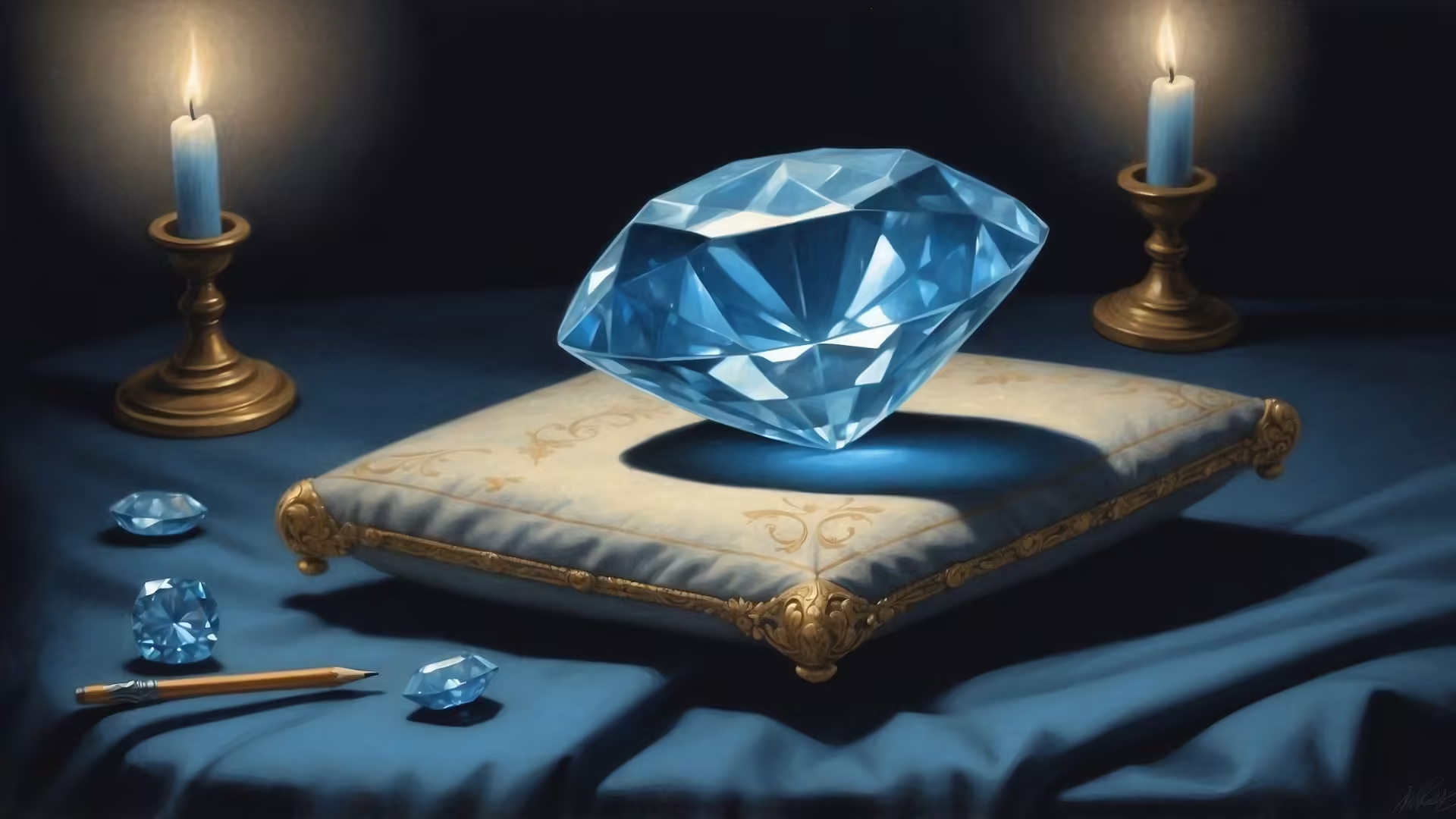



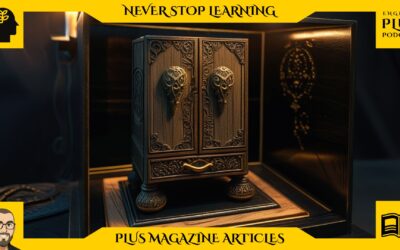

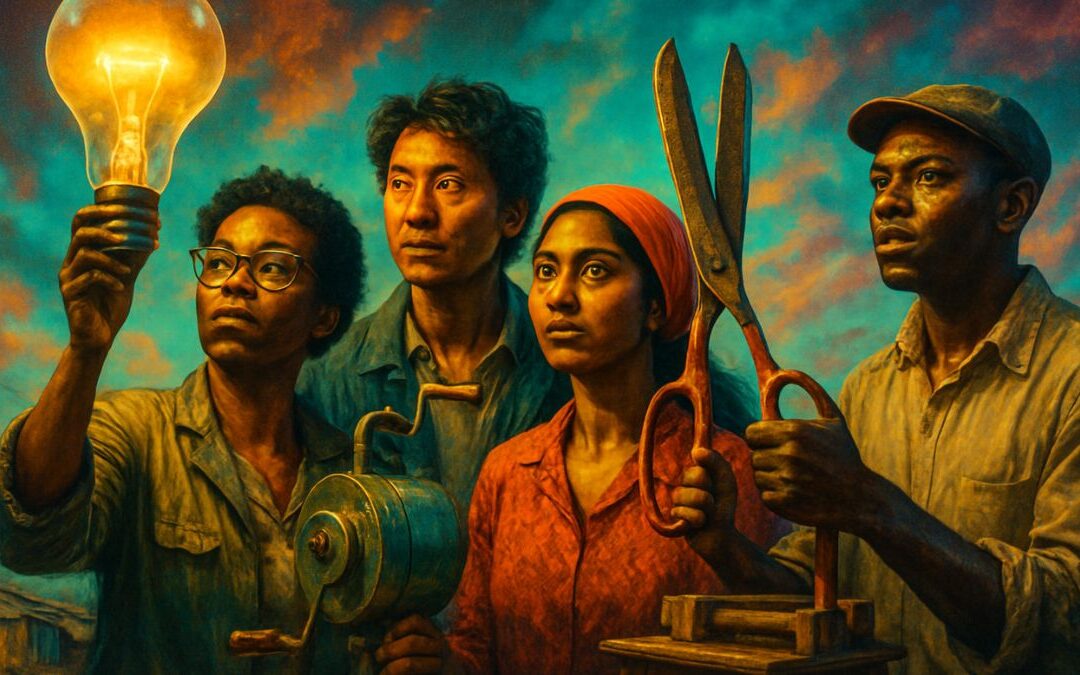
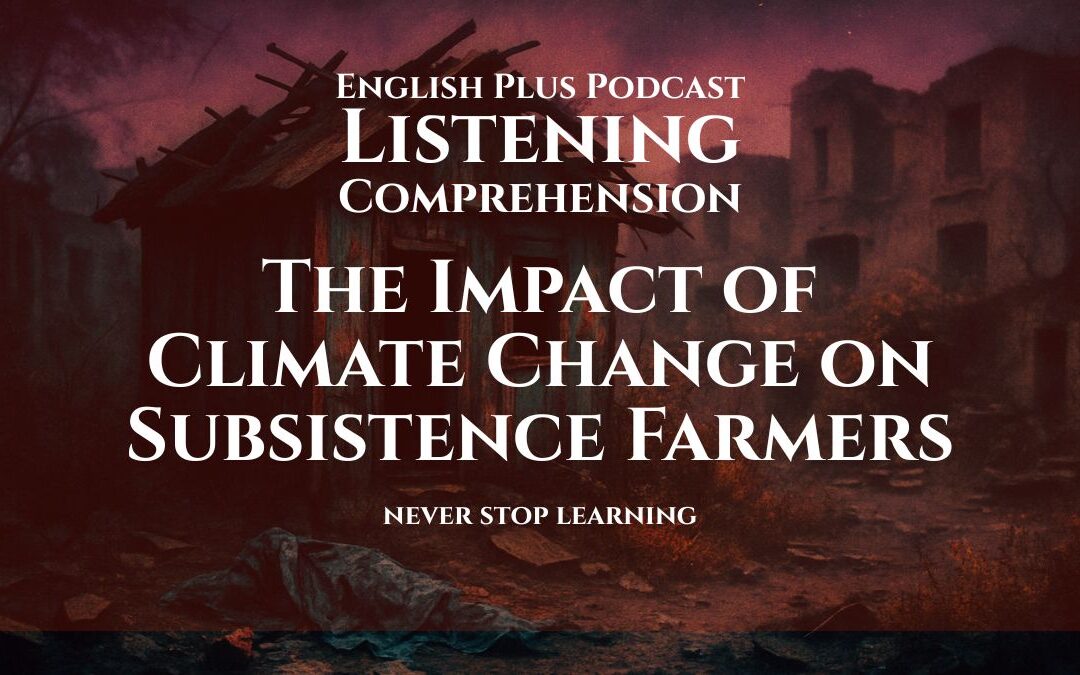
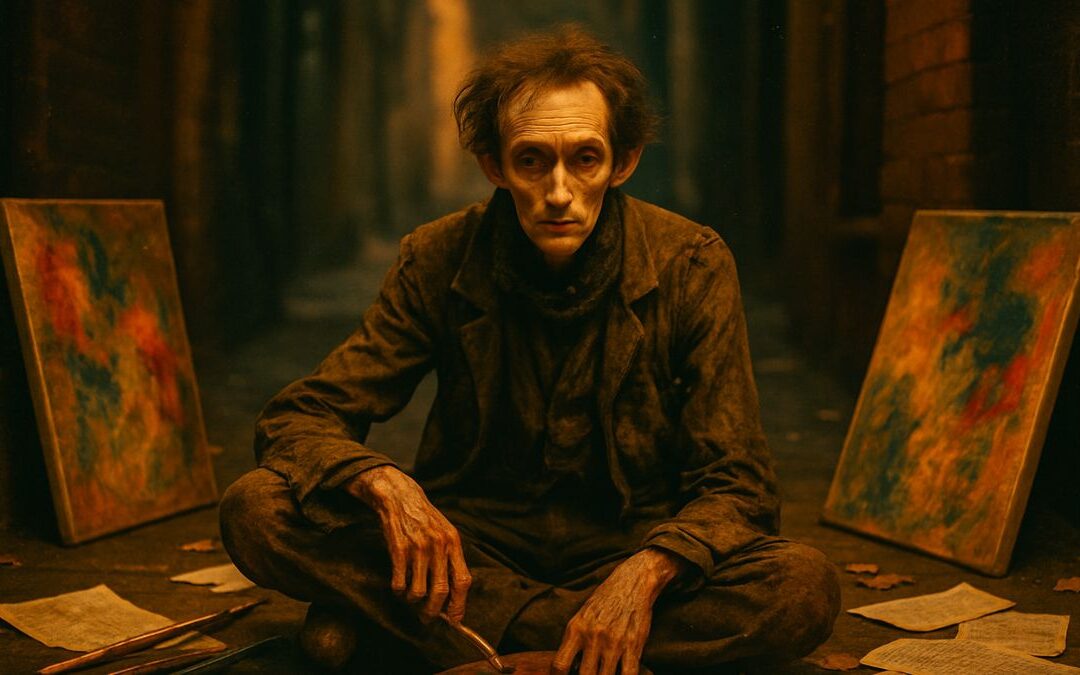

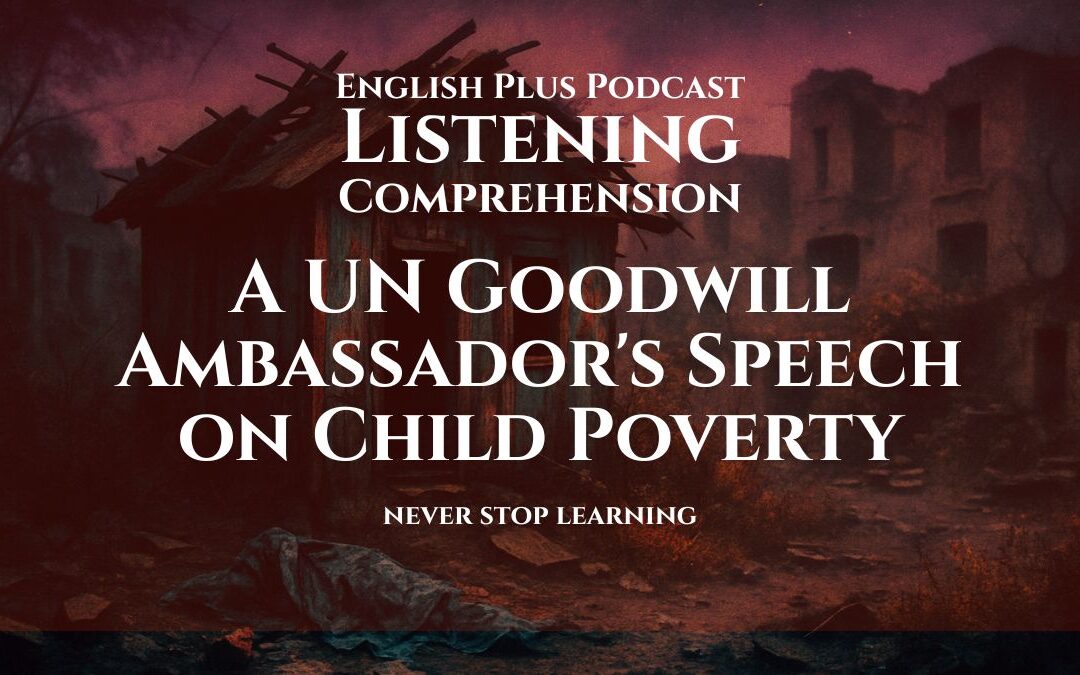
0 Comments